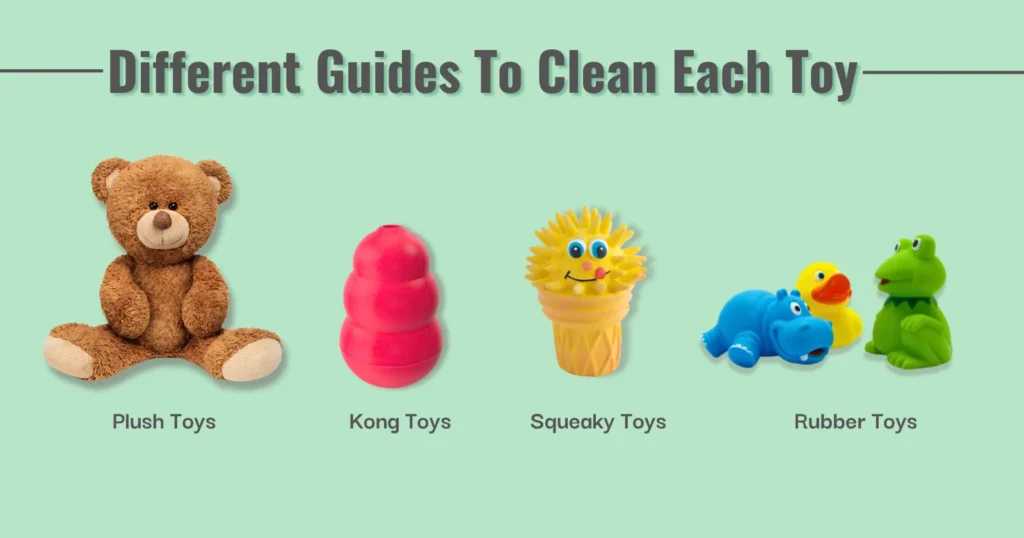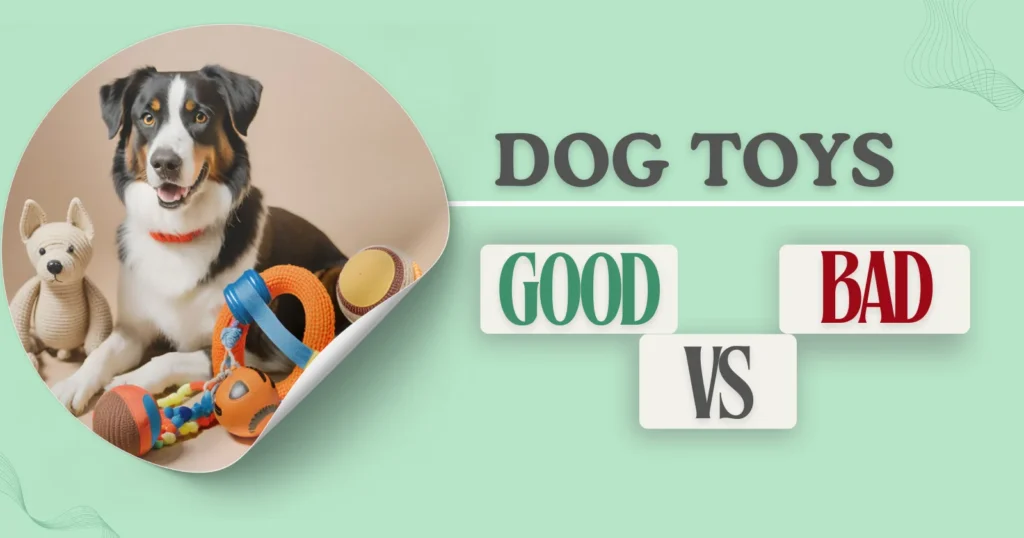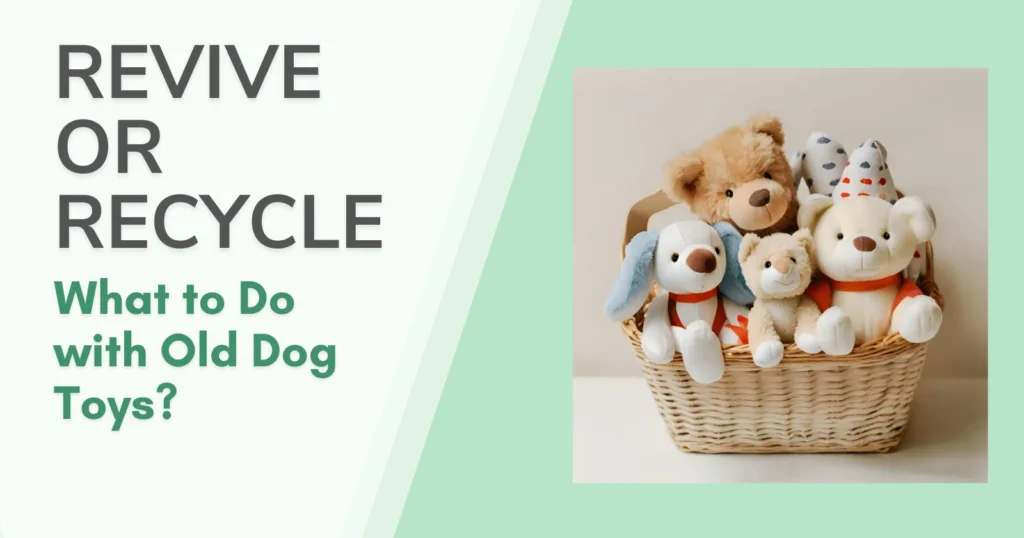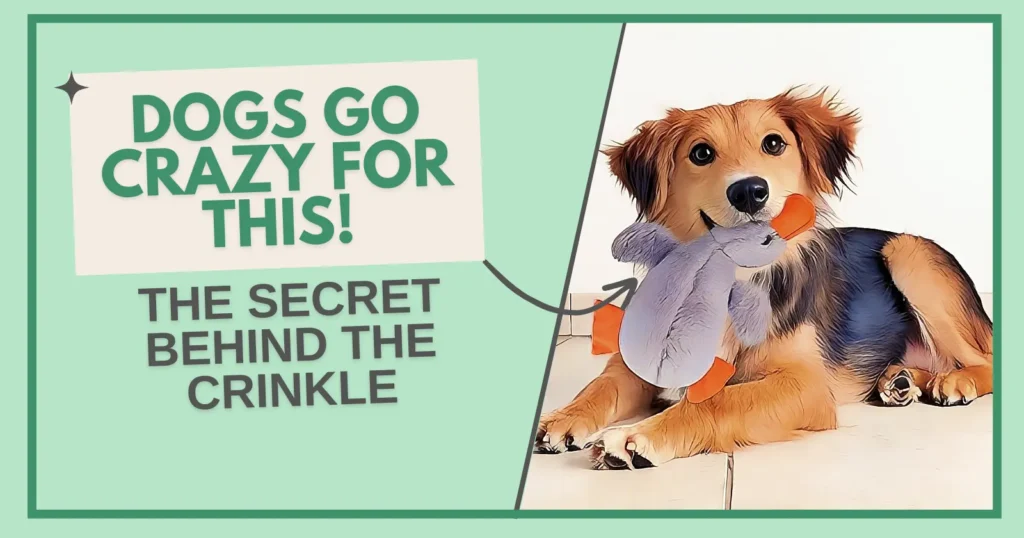My furry friend likes to drag his toys everywhere: in the park, on walks, and all around the household. Therefore, his toys can become breeding grounds for bacteria, mold, mildew, Parvovirus, or Distemper. There are added risks of fecal contamination, which can contain E. coli or Giardia, which also puts you at risk since it can be transmitted to humans.
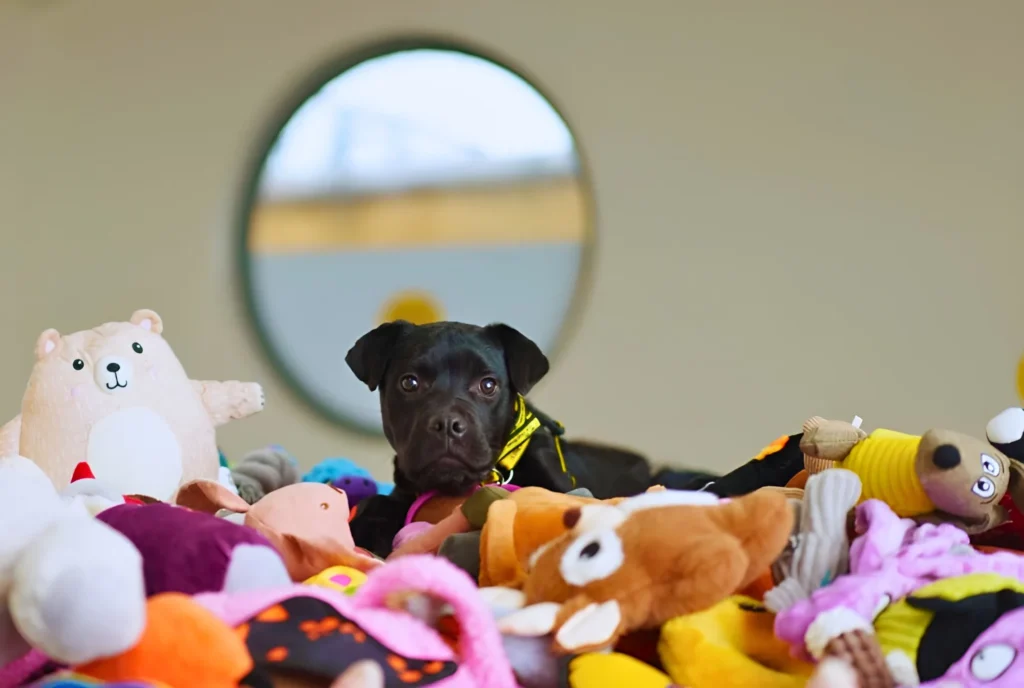

The standard protocol to clean dog toys is to brush off debris from hard toys and shake or vacuum plush ones. Wash hard toys in soapy water and machine-wash plush toys. Sanitize hard toys with diluted bleach and plush in the wash with disinfectant. Rinsing thoroughly and ensure all toys are fully dry before reuse. This keeps toys clean and safe for your dog and extends their lifespan.
However, different types of dog toys require other cleaning methods. The primary categories include hard toys, soft toys, and rope toys.
Hard toys
Hard toys are made of nylon, rubber, silicon, or even hard plastic. They are straightforward to clean. Start by brushing hardened debris and dirt; I personally use a bottle brush to get into all the tight spots. You can wash them off with soap or chuck them in the dishwasher.
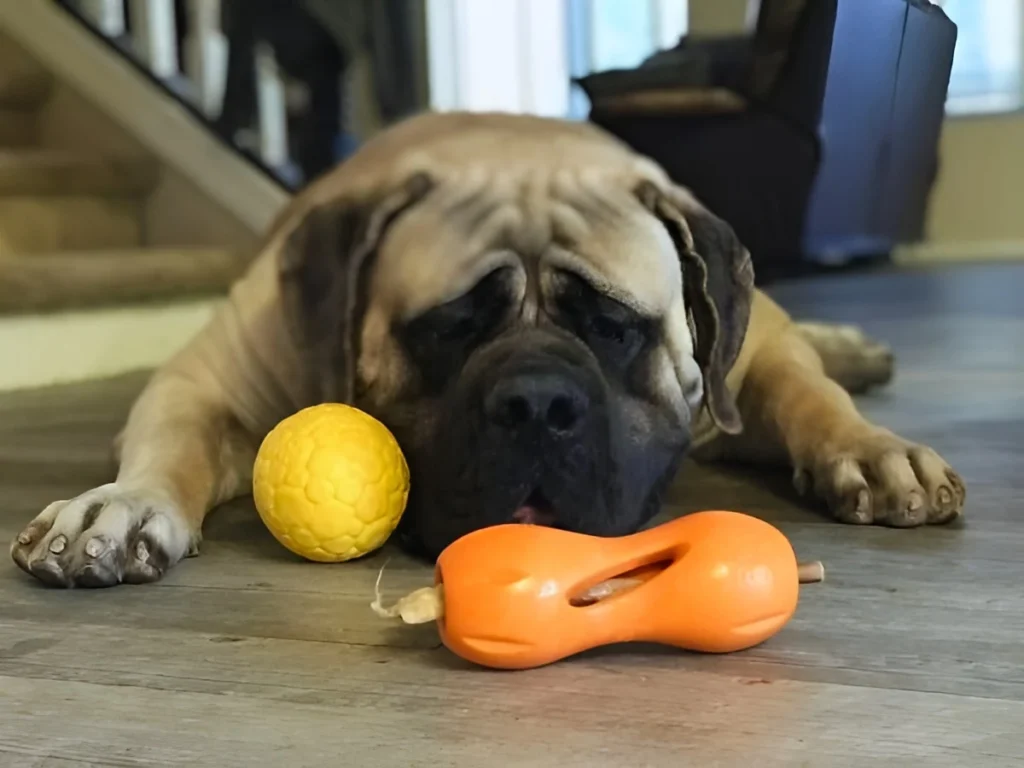

Presoaking them using the vinegar trick is always a good idea. Make sure to use pet-safe detergent always!
CAUTION: check the label to see if the toys are dishwasher safe.
Dishwasher-safe toys must be put on the top rack on a hot cycle and high-water pressure to thoroughly clean them. Rinse them again after the cycle to remove any residue and dry them thoroughly. Plastic, rubber, and nylon toys are usually dishwasher-safe.
NOTE: Toys made with PVC, BPA, Phthalates, Lead, Cadmium, Chromium, Melamine, Arsenic, and Bromine must be avoided. They can warp, crack, break, or release harmful chemicals (phosphorates and BPA) in hard toys under high heat. We don’t want anything compromising our dog’s health.
TIP: You can disinfect hard toys by soaking them in 1 part bleach to 50 parts water (2 oz or ¼ cup bleach and a gallon of water.
Kong toys
I usually soak Kong toys in hot, soapy water or denture tablets until they let go of all the gunk and then proceed to stick them in the dishwasher. Denture tablets do not leave any harmful residue and kill bacteria. You can buy a Kong-specific brush in the market, which I found to be a good purchase; if not, you can even use shower jets to get in those tight spots.
Another way to go about it is to fill the Kong with water, place it on a microwave-safe dish, and microwave it for about 60 seconds. The steam will help loosen the debris. Be sure to handle it carefully, as it will be hot, and always rinse thoroughly after this process.
Soft toys
These include plush toys, toys with squeakers, and stuffed toys
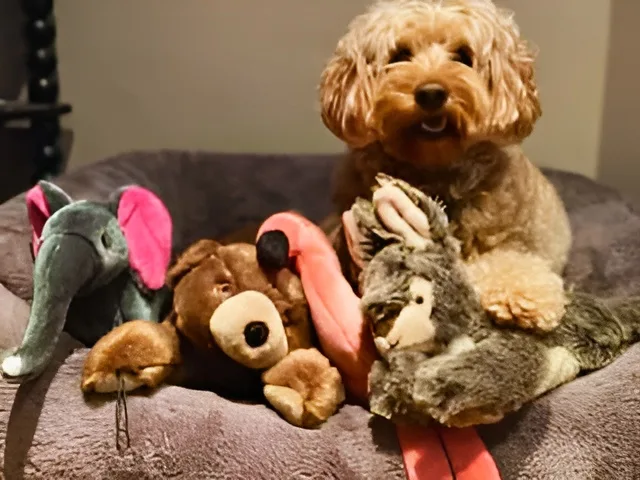

Soft toys are the easiest to clean of the lot. I usually throw them in the washing machine, and they are good as new. However, the following tips can come in handy:
- Stuffed/rope toys aren’t dirty, and there are no plastic or metal parts. Soak them in water for about 5 minutes.
- Wring out any excess water. Then microwave them for about a minute. Let air-dry.
- Plain vinegar can be used as a fabric softener
- Setting the wash cycle at 60 degrees Celsius
- Using sensitive skin detergent
- High heat can mess up fake fur; therefore, always read manufacturers’ instructions.
- Adding a splash of Odorcide if they stink bad
- Using Odoban for odors and disinfection
- Use a washcloth to scrub them if they’re particularly crusty
- Fluff them up on the “air” cycle in the dryer. It gets the fur plushy again.
Rope toys
For rope toys, I follow the protocol of soaking them in water for about 5 minutes and then microwaving them on high heat to disinfect them. To remove any build-up, we throw them in the laundry.


TIP: You can brush it off if dirt and build-up are dry.

